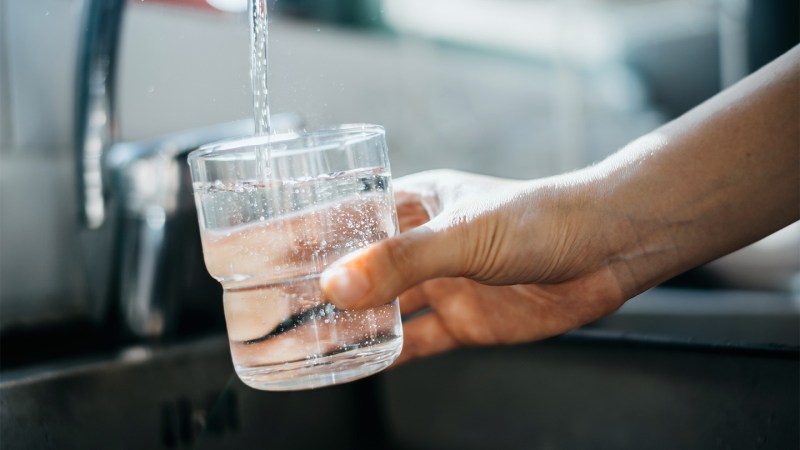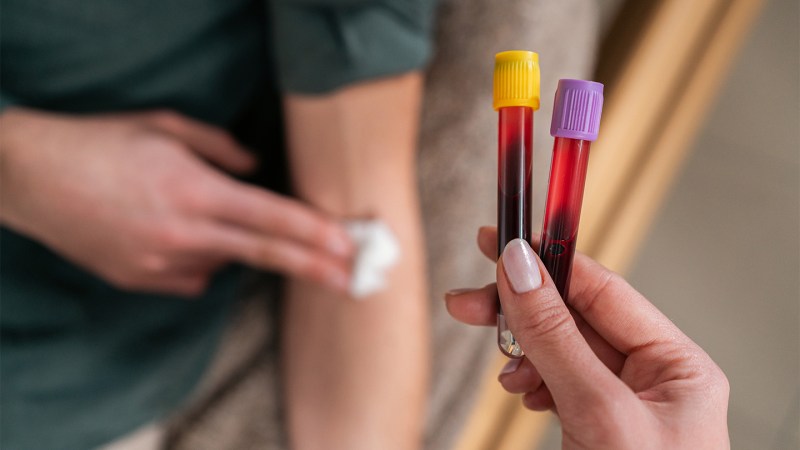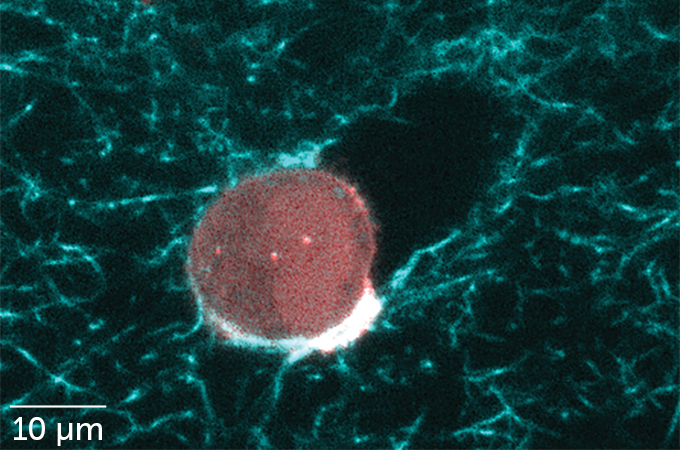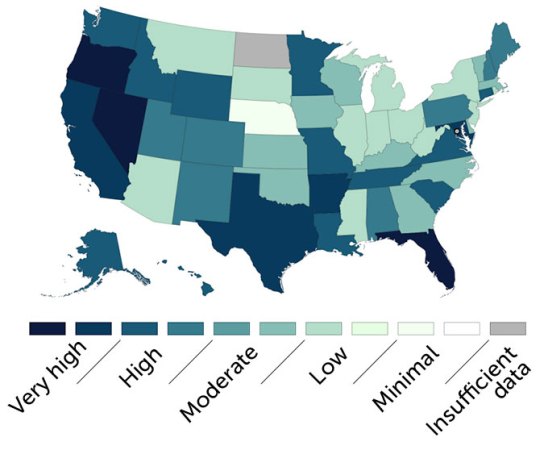
Access to clean water is a human right — one that half of the world may not have.
Out of the roughly 8 billion people on Earth, more than 4.4 billion lack access to safely managed drinking water, researchers report August 15 in Science. The estimate, based on computer simulations of data from low- and middle-income countries, is more than double the figure calculated by the World Health Organization (SN: 8/16/18).
“The number of people whose basic human right to safe drinking water is not being met may therefore be significantly underestimated,” says environmental microbiologist Esther Greenwood of Eawag, an aquatic research institute in Dübendorf, Switzerland.
That is partly because it can be difficult to collect data on the number of people using safely managed water services, especially in regions with limited technology. The incomplete information creates challenges for international efforts to broaden access to clean water (SN: 11/25/18). The new work aims to help close this gap, Greenwood says.
Using a computer simulation that integrates environmental data with survey data from nearly 65,000 households around the world, Greenwood and colleagues generated maps for 135 countries showing areas that probably had safely managed drinking water services in 2020. Comparing those maps with population data from UNICEF, the team estimated how many people didn’t have clean drinking water.
Regions with the lowest clean water use include sub-Saharan Africa, South Asia and East Asia, the team found. The most common limiting factors to safe drinking water access include bacterial and chemical contamination as well as insufficient infrastructure. For instance, approximately 650 million people in sub-Saharan Africa don’t have drinking water services in or near their homes, the researchers found.
High-income countries were not included in the analysis, but the team acknowledges that some populations in these countries also probably have inadequate access to safe drinking water.
The new estimate may not replace the official count, which is based on country-provided data rather than surveys and simulations, says water solutions researcher Gregory Pierce of the University of California, Los Angeles. “It’s pretty unlikely that those who are producing the official estimates are going to be okay with just using these methods, because there’s a lot more projection involved in them.”
Still, Pierce wants the new estimate to spur further investment in efforts to research and make clean water more accessible, which the United Nations classifies as a human right (SN: 7/12/19). “We’ve been investing in them for quite some time as a global community, but we’ve never actually stepped up the order of magnitude,” he says. “So hopefully this would lead to what’s needed to close the gap.”
#billion #people #access #clean #water
Image Source : www.sciencenews.org



